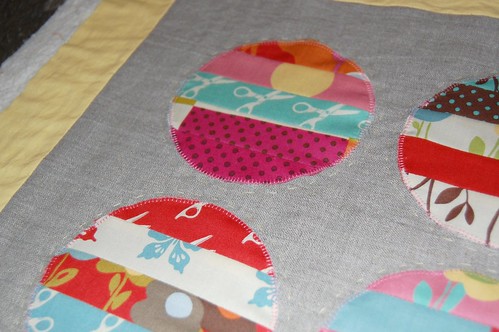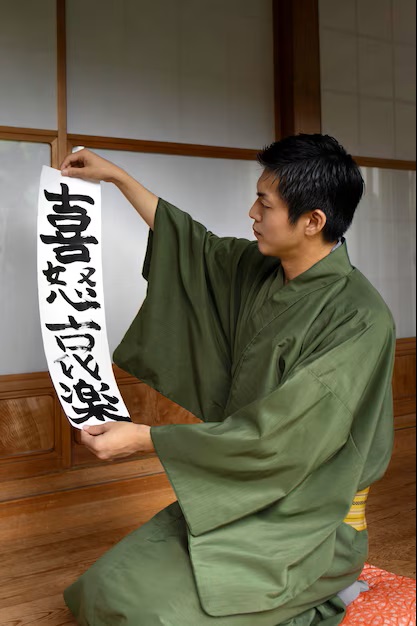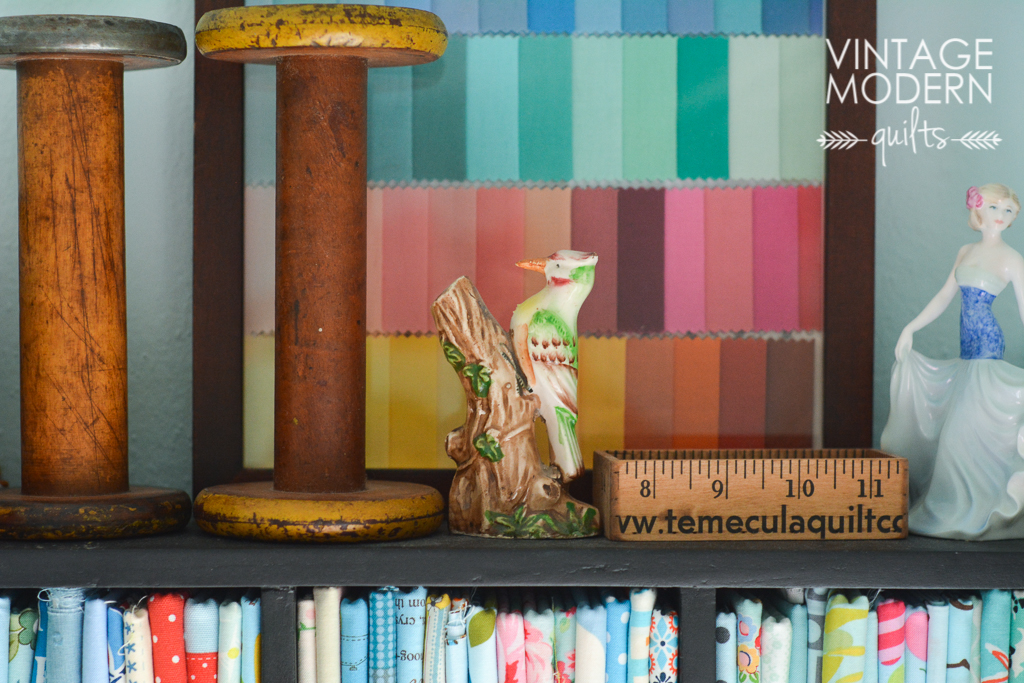Exploring the Art of Quilting with Textured Fabrics for Unique Creations
To achieve depth and dimension in your patchwork projects, incorporate diverse textiles such as chenille, flannel, and velvet. These materials not only add visual interest but also significantly influence the overall texture of the finished piece.
Experiment with layering techniques. For example, pairing a soft, fuzzy layer with a sleek cotton can create a stunning contrast. Cutting pieces in varying shapes and sizes further enhances the tactile experience, inviting touch and engagement.
Utilize specialized stitching methods that highlight the unique characteristics of the chosen materials. Consider using a decorative stitch or free-motion quilting to accentuate the texture. This approach not only strengthens the seams but also adds an artistic touch.
Combine colors thoughtfully. Use complementary color palettes to make the textures pop. Light shades can beautify more intricate surfaces, while darker tones may offer a grounding effect. Keep the overall harmony in mind to elevate the aesthetic appeal of your creation.
Understanding Different Types of Textured Fabrics
Cotton is a staple choice, prized for its versatility and ease of use. Look for varieties that have a slightly raised pattern; they add dimension to your projects.
Chenille offers a soft, plush feel that works exceptionally well in cozy creations. Its unique pile is ideal for adding comfort and a rich tactile experience.
Velvet, known for its luxurious appearance, can elevate any piece. Its thickness demands careful handling, but the result is stunning in both visual and textural terms.
Tweed presents a more structured option, often with intricate woven patterns. It adds depth and complexity, suitable for more tailored designs.
Linen, with its natural texture and breathability, maintains a rustic charm. It wrinkles easily but provides a beautiful drape, perfect for casual, relaxing projects.
Silk can introduce elegance and shine, though it’s more challenging to work with. It’s best used in projects meant for special occasions, highlighting smooth and flowing designs.
Denim provides durability alongside its unique texture. Use it for modern, sturdy creations that require robust materials.
Understanding these options allows for better decision-making in your crafting endeavors, aligning fabric choice with the desired aesthetic and functional outcome.
Selecting the Right Textured Fabric for Your Quilt
Choose cotton blends for durability and breathability. Look for a weight between 4 to 6 ounces per square yard, ensuring a good balance between structure and softness.
For dimensional effects, consider fabrics with raised patterns or weaves such as seersucker or houndstooth. These offer depth without excessive bulk.
Avoid slippery materials like satin unless incorporating in small accents. Instead, opt for brushed cotton or flannel for warmth and comfort.
Test a few samples by washing and drying them to check for shrinkage and colorfastness. Prioritize those that withstand multiple washes while retaining their original texture.
Pay attention to the feel of the fabric. A soft hand is vital for comfort, especially if the quilt will be used frequently. Run your fingers over the surface to assess its softness and stability.
Consider contrasting textures for visual interest. Pair smoother surfaces with more rugged choices for an appealing look that draws the eye.
Always keep in mind the end purpose of the coverlet. For warm quilts, select thicker options; for lighter throws, go with lighter choices. Functionality plays a key role in your selection process.
Techniques for Working with Textured Fabrics
Choose a sharp needle, preferably a 90/14 or 100/16, to handle thick materials effectively. A walking foot or dual feed system will help manage multiple layers and prevent shifting.
Pre-wash all components to eliminate shrinkage. Use a detergent designed for delicate items to preserve the integrity of the fibers. Afterward, press each layer with steam, ensuring that any creases are removed for accurate dimensions.
When cutting, utilize a rotary cutter with a fresh blade for clean edges. A self-healing cutting mat is recommended to protect the surface and maintain blade sharpness. For intricate patterns, use pattern weights instead of pins to avoid distortion.
Secure the pieces with a basting technique, either with temporary adhesive spray or large stitches, to keep everything aligned during assembly. This reduces movement that can lead to puckering.
Plan for more frequent thread changes, especially if working with blend materials that may require differing tensions. Test stitch samples to determine the best thread and needle combination for your specific setup.
Incorporate quilting methods such as free-motion or stitch-in-the-ditch to highlight the dimensional qualities. Plan your design to accentuate the unique properties of each component.
Lastly, finish with a bias binding for a polished edge. This provides a clean look while accommodating the bulk of several layers. Consider using contrasting colors to further enhance visual interest.
Incorporating Texture into Quilting Designs
Consider layering multiple materials to enhance tactile appeal. Start with a base layer made from smooth fabric, then add elements with varied finishes like velvets or burlaps on top.
Use contrasting weights for your pieces. Combining lightweight cotton with heavier canvas can create a riveting dimensional effect, drawing the viewer’s eye.
Experiment with raised stitching methods. Techniques such as trapunto or free-motion embroidery not only add visual interest but also create an engaging surface that invites touch.
Integrate embellishments. Items like lace, buttons, or beads can introduce a new level of texture, serving as focal points that give depth to the overall composition.
Incorporate negative space intentionally. Leaving sections unembellished allows the intricacies of the other textured sections to pop, creating balance and enhancing the visual narrative.
Utilize varying thread types. Metallic threads or thicker yarns can contrast beautifully with standard quilting thread, providing a striking visual and textural juxtaposition.
- Layering: Combine smooth and rough materials.
- Contrasting weights: Use light and heavy fabrics together.
- Raised stitching: Explore trapunto and free-motion techniques.
- Embellishments: Add items like lace and beads for depth.
- Negative space: Balance embellished areas with unembellished sections.
- Varying threads: Use metallic or thicker threads for contrast.
Test different combinations before starting your main project. Swatches can help visualize how various materials and techniques interact, leading to a more harmonious final piece.
Common Challenges When Sewing Textured Fabrics
Proper needle selection is critical. Use a needle designed for thicker materials, such as a jeans or heavy-duty needle, to prevent skipping stitches and damage to the fabric.
Thread choice also plays a significant role. Opt for a strong polyester thread that better accommodates the weight and structure of the material.
Seams may require special attention due to the bulk. Consider using a walking foot to ensure even feeding, which will reduce the chance of puckering.
- Pinning techniques should be adjusted; use larger, thicker pins to hold layers securely without distortion.
- Practice cutting accurately to minimize fraying. Use sharp scissors or a rotary cutter for clean edges.
- Stay stitching is advisable along curved edges to maintain shape and prevent stretching.
Pressing can be tricky. Always check the manufacturer’s recommendations for heat settings, as high temperatures may damage the surface of some materials.
- Pre-wash the fabric carefully, as shrinkage can affect measurements later.
- Test seam finishes prior to assembly, as some edges may unravel easily.
Consider using interfacings to stabilize sections where strength is essential. This technique helps maintain the integrity of the finished piece.
Lastly, remain patient. Working with multi-layered or raised surfaces may require slower stitching speeds for accuracy.
Creative Finishing Techniques for Textured Quilts
Binding choices can significantly impact the final look. Consider using bias binding for curved edges, which allows for a snug fit. Pre-made binding can save time; just ensure it complements the colors in your creation.
For borders, experiment with patchwork strips; this adds dimension without overwhelming the design. Use varying widths to create visual interest, keeping in mind that piecing edges should remain clean and precise.
Incorporate unique stiches in the final layer. A decorative stitch can highlight seams and add personality. Opt for contrasting threads to emphasize this detail.
Utilizing a double-layer backing offers additional texture. Choose a solid color to enhance the prominent patterns on the front. This approach creates a luxurious feel and enhances durability.
| Technique | Description | Benefits |
|---|---|---|
| Bias Binding | Curved edge binding for a neat fit. | Enhanced aesthetics and less puckering. |
| Patchwork Borders | Varied width strips for visual depth. | Unique design elements and interest. |
| Decorative Stitching | Using contrasting threads to highlight seams. | Added personal touch and detail. |
| Double-layer Backing | Solid color backing for elegance. | Increased texture and durability. |
Trim excess fabric carefully, ensuring all edges are neat; this enhances the professional finish. Check that all layers are securely attached, preventing any shifting over time.
For an extra touch, consider adding embellishments such as beads or embroidery to specific areas. These accents draw the eye and enrich the texture, providing an exquisite finish to your piece.
Q&A: Textured fabrics quilting
How does offering free shipping influence customer decisions when ordering cotton fabric for quilting projects?
Offering free shipping makes it more convenient and cost-effective for customers to order cotton fabric, especially when purchasing fabric by the yard for large quilting projects. It encourages shoppers to buy more products from the same shop, knowing the added shipping costs won’t impact their budget, particularly when sourcing premium quilting cotton or designer prints from Riley Blake Designs.
Why is Riley Blake quilting fabric a popular product choice among quilters looking for quality and variety?
Riley Blake quilting fabric is popular among quilters because it offers a wide range of patterns, colors, and themes suitable for both traditional and modern quilting projects. Known for its high-quality quilting cotton and consistent production, Riley Blake Designs also provides fabric by the yard, fat quarters, and coordinated bundles, making it a versatile product line for crafters.
What advantages do shops provide when they stock a wide selection of quilting cotton with different textures and colors?
Shops that stock a wide selection of quilting cotton with different textures and colors allow quilters to find everything they need in one place, whether for detailed patchwork, home decor, or art quilts. This variety supports creativity and helps customers match the exact fabric qualities required for each stage of their quilting projects.
How does fabric by the yard benefit customers who want to use cotton fabric for both quilting and home decor purposes?
Fabric by the yard is ideal for customers who want flexibility in how they use cotton fabric, whether for quilting projects or home decor. It allows buyers to cut large, continuous pieces for items like quilt backs, cushions, or curtains while choosing from premium quilting cottons like those offered by Riley Blake Designs.
Why do quilters often shop online for quilting fabric that can be shipped quickly and reliably?
Quilters often shop online for quilting fabric because it offers access to a wider range of products, including specialty lines like Riley Blake, and allows them to order fabric by the yard without visiting a physical store. Fast, reliable shipping and features like free shipping options make it easier to stay on schedule with quilting projects.
How does a shop’s ability to ship high-demand products like quilting cotton affect its reputation with loyal customers?
A shop’s ability to consistently ship high-demand products like quilting cotton helps build trust with loyal customers who rely on timely delivery for their projects. Whether ordering Riley Blake fabrics or coordinating materials with different textures, knowing their order will arrive quickly makes customers more likely to return for future quilting supplies.



